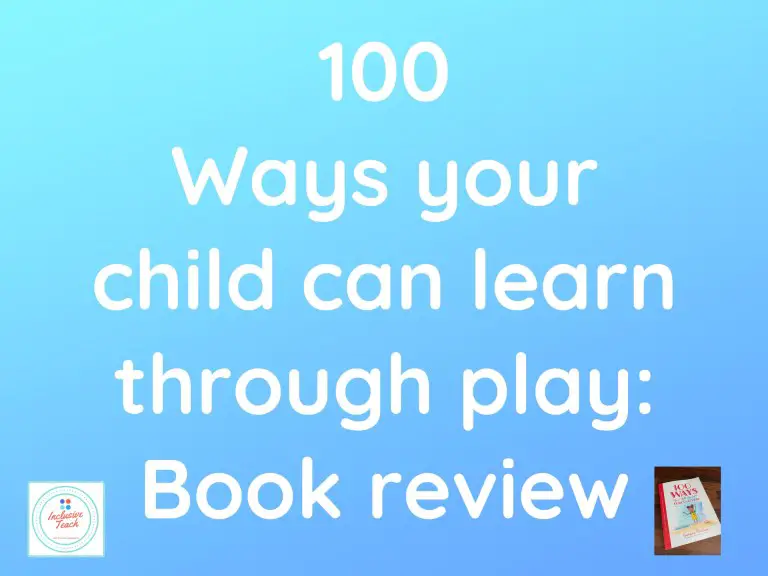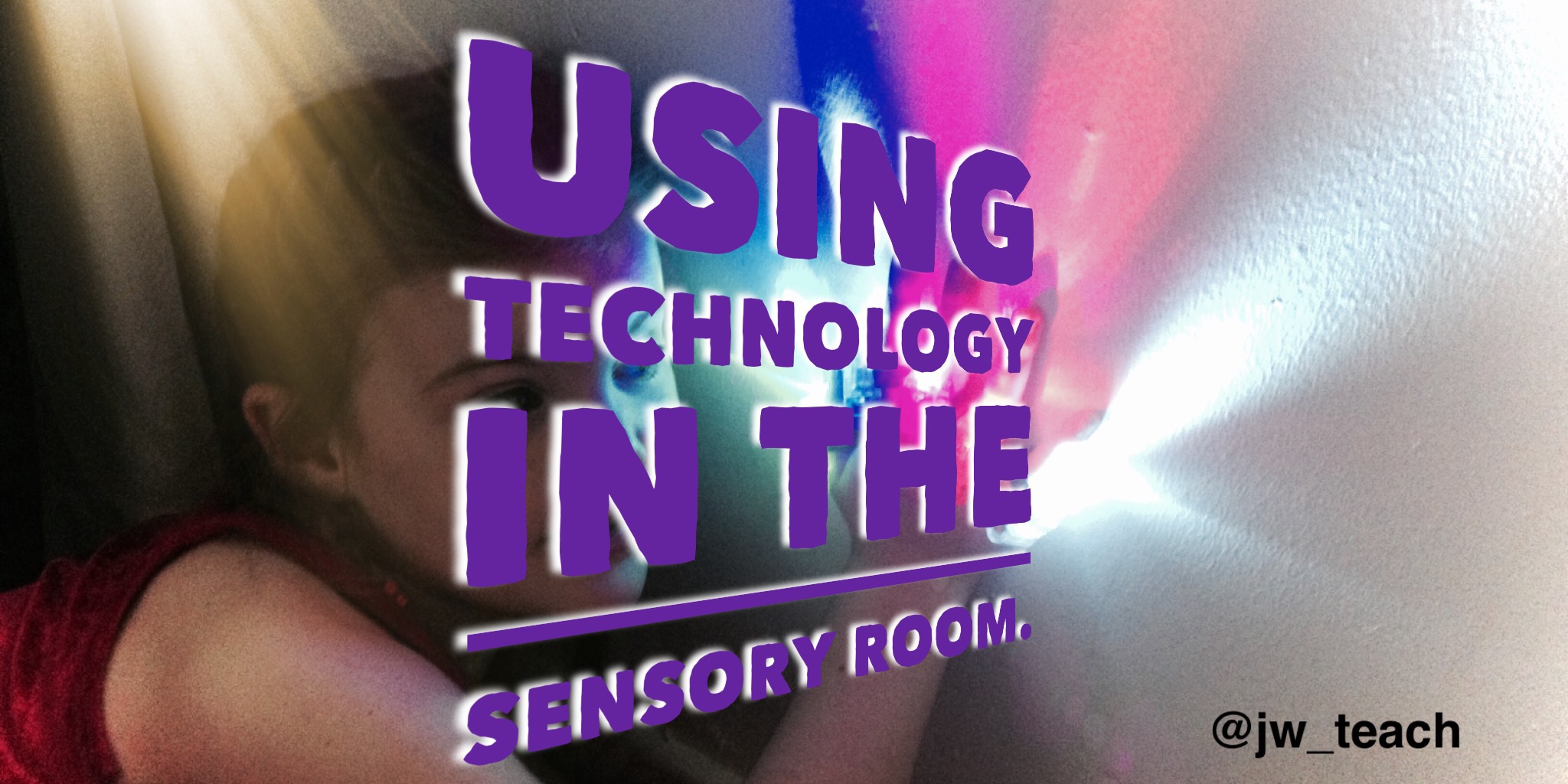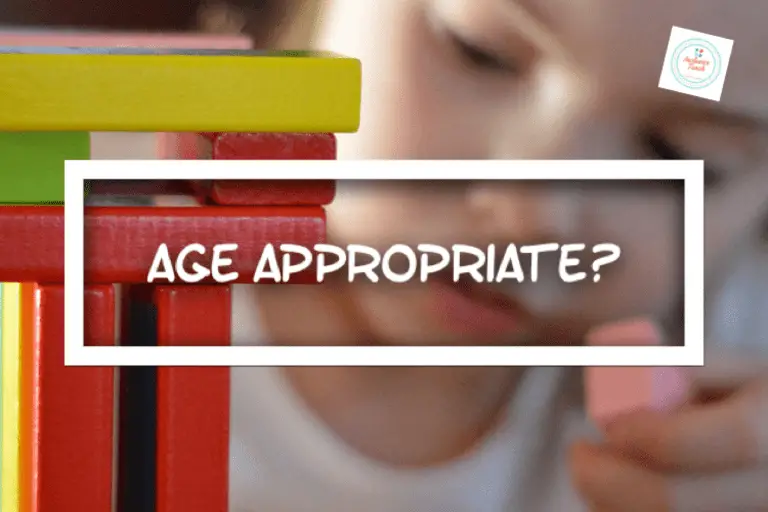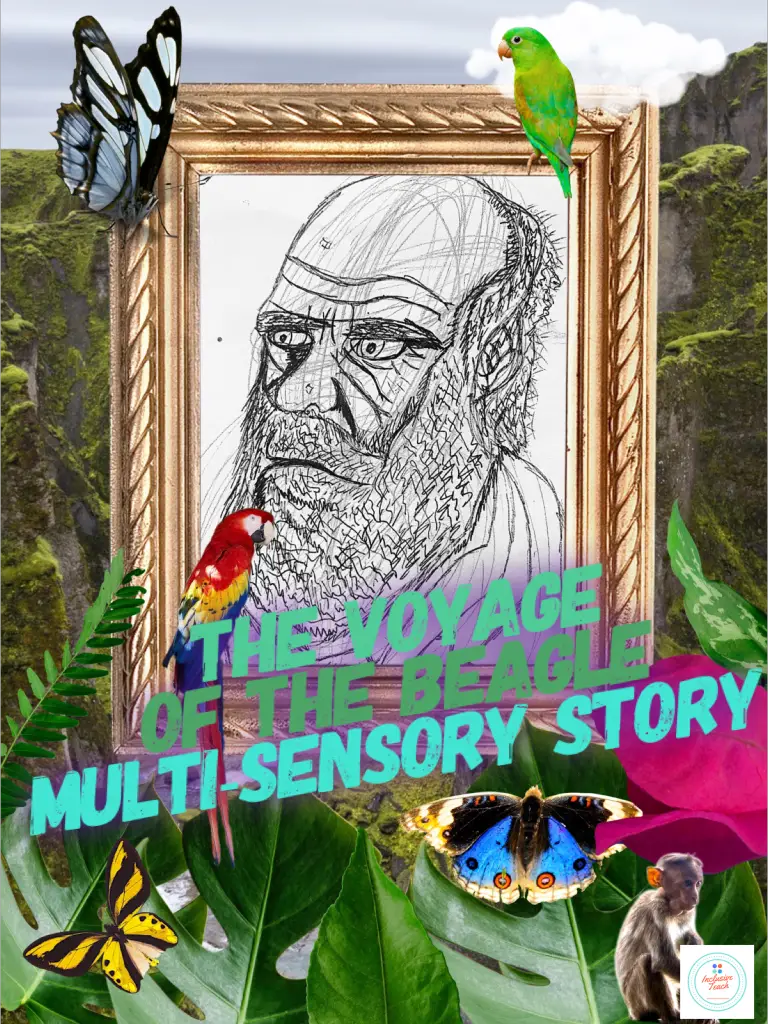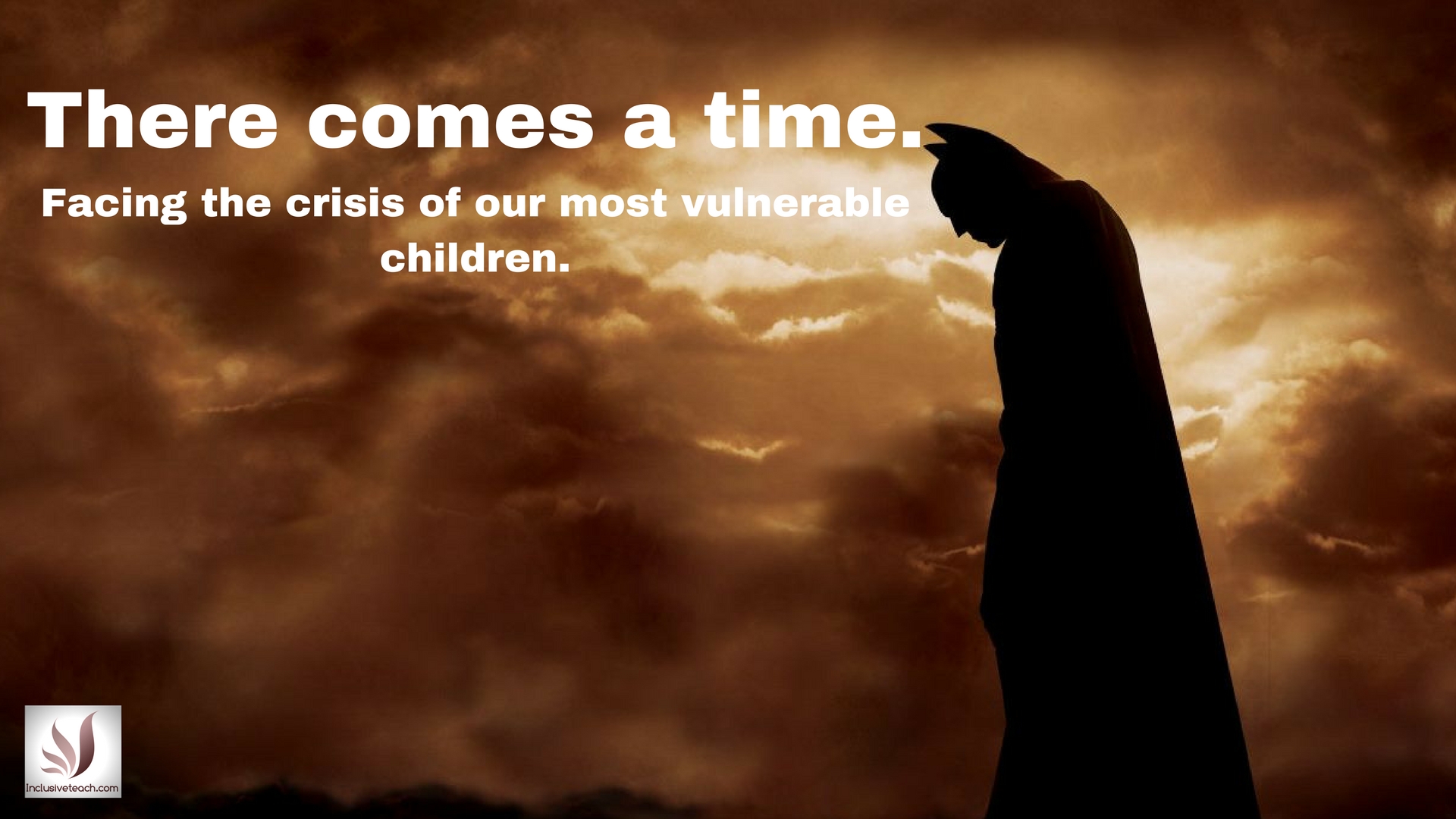Maximise Learning: The Three Essential Ingredients
Essential Ingredients for Maximising Learning.
How can we maximise Learning for pupils in our classrooms? Research shows that learning is most effective when done in an active, engaging manner that combines behaviour, cognition, and emotion (Immordino-Yang & Damasio, 2007). Recent neuroscience advances explore the links between emotion, social functioning, and decision making, providing new insights into the role of affect in education. Neurobiological studies also demonstrate that emotions play a key role in cognition. These cognitive processes are integrated into emotional thought. As teachers, we can break these into three distinct areas. I write a post a while ago about the essential ABC of special education.

Behaviour – Active Learning
Hands-on active learning, where students interact directly with the material, leads to greater knowledge retention compared to passive learning (Freeman et al., 2014). This has been known for a long time hence studies older than me here. To maximise active learning, participate in the activity with the child rather than just instructing (Vygotsky, 1978). Guided participation allows the child to be actively engaged while being properly supported (Wood et al., 1976). We talk more about Learning through play and different play types here.
Cognition – Critical Thinking
Cognitive challenges that require students to think critically, reason, and problem-solve boost knowledge acquisition and transfer (Savery, 2015). By pausing and asking open-ended questions, children are prompted to cognitively engage with the material. Modelling your own thinking process out loud further stimulates children’s cognitive engagement (Flevares & Perry, 2001). This is why visualisers can be so effective in maximising learning.
Emotion – Motivation and Engagement
Positive emotions are a great way to maximise learning potential. They are a powerful way to enhance memory and knowledge consolidation (Maden et al., 2018). Focusing activities on children’s interests and strengths increases motivation and engagement. Sharing in successes together doubles the emotional reinforcement and motivation for learning (Schunk & Pajares, 2009).
Combining the Three Areas
- For effective learning, combine doing, thinking, and feeling. Children learn when you combine actions, cognition, and emotion.
- Doing – Engage children actively in the learning activity. Do the activity with them, not just tell them what to do, like Dave Burgess says in TLAP – If you are teaching swimming be in the Pool!
- Thinking – Stretch their thinking by asking questions, providing challenges, and modeling your own thinking out loud. This prompts them to cognitively engage.
- Feeling – Build on their interests and values to create positive emotion and attachment to the learning. Celebrate successes together to share the emotional experience. Focus on mastery to motivate them.
- Check for all three – Actively doing, cognitively thinking, and feeling positively – to determine if an activity has strong learning potential.
- Doing it together – By participating in the activity with the child, you both learn from and motivate each other. Guided participation scaffolds successful learning.
- Remove barriers – Children with SEN experience significant sensory barriers to learning. Ensure your learning space is accessible for children with SPD or Autism.
Suggested activities for core subjects
A combination of active involvement, cognitive challenge, and positive emotion creates the optimal conditions for children to actually learn and retain information. evidence shows that active participation (doing), cognitive challenges (thinking), and positive emotions (feeling) interact to maximise a child’s learning. Teaching activities that incorporate all three yield the greatest learning gains and knowledge retention. Here are some examples of activities that incorporate doing, thinking, and feeling:
Maths Activity
- Do together: Build a block tower together, taking turns placing blocks.
- Think: Ask questions like “How high should we make it?”,”Which block should we use next to make it stable?”, “How could we improve it?”
- Feel: Celebrate successes together. Say things like “We did it! Our tower is awesome!”
Science Activity
- Do together: Conduct an experiment together, like mixing colours or observing plant growth.
- Think: Ask questions during the experiment to prompt thinking: “I wonder what will happen if..” , “Why do you think that happened?”
Model your own thinking out loud. - Feel: Focus on the child’s interests. Say things like “This is cool!” Show excitement and passion.
Reading Activity
- Do together: Take turns reading pages out loud. Act out the story together to maximise learning.
- Think: Ask questions about the story to check comprehension. “What do you think will happen next?”, etc.
- Feel: Relate the story to the child’s experiences and interests to create emotional connection.
Maximise Learning: How can I encourage my child to think critically during activities?
Here are some tips to encourage critical thinking during activities with your child:
- Ask open-ended questions that can’t be answered with just yes or no. For example, ask “Why do you think that happened?” instead of “Did you like that?”
- Pose thought-provoking challenges. For example, say “I wonder if we could build the tower even taller?” or “How could we do the experiment differently next time?”
- Model your own thinking process out loud. For example, say “Hmm, this block is wider so it might provide a more stable base” as you’re building with your child.
- Encourage predictions and hypotheses. Say “What do you think will happen if we…” or “Which do you think will be heavier, this block or that block?”
- Give gentle nudges if needed. Say “Tell me more about that” or “What else could we consider?” to prompt deeper thinking.
- Limit instructing and telling. Instead of just explaining things to your child, ask questions and have them figure things out through doing the activities.
- Focus on the process, not just the end product. Praise your child’s thinking, not just the “right answer.”
- Be patient. Critical thinking skills develop over time, so stay consistent with encouraging thinking during activities as your child grows.
The goal is to stimulate your child’s natural curiosity and propensity for wonder. By structuring activities that foster thinking and insight—along with plenty of praise, patience and your own example of wonder—you can nurture critical thinking and deeper learning in your child.
How can I tell if my child is cognitively engaged in an activity?
Here are some signs that your child is cognitively engaged in an activity:
- They are asking thoughtful questions – not just shallow “what” and “why” questions, but deep “how” and “what if” questions that show they are genuinely pondering and contemplating the activity.
- They are making predictions, forming hypotheses, and testing ideas – this shows they are actively thinking through the activity and forming mental models.
- They are monitoring and evaluating their progress – they notice mistakes or areas for improvement, and they self-correct without prompting.
- They are applying knowledge from other activities or subjects – they are making connections and transferring learning, not just following directions.
- Their expression and body language show deep focus – they have a furrowed brow, a faraway look, hand on chin, etc. rather than a distracted or detached look.
- They are thinking out loud, using terms and language relevant to the activity – this verbalization of thinking shows inner cognitive processes at work.
- They volunteer ideas and suggestions for improving or modifying the activity – they are thinking beyond just doing the activity as instructed.
- They continue thinking about and discussing the activity later, without prompting – it captured their mental focus and working memory.
- They resist distraction and interruption, because they are absorbed in thinking through the activity – they are in a state of “flow.”
The more of these signs you observe, the more likely it is that your child is truly engaged on a cognitive level with the activity, rather than just going through the motions behaviourally. So pay attention to the questions they ask, the ideas they generate, and their focus, attention and body language as indicators of cognitive engagement.
References:
Immordino-Yang, M. H., & Damasio, A. (2007). We Feel, Therefore We Learn: The Relevance of Affective and Social Neuroscience to Education. Mind, Brain, and Education, 1(1), 3-10. https://doi.org/10.1111/j.1751-228X.2007.00004.x Accessed Online May 2023
Flevares, L. M., & Perry, M. (2001). How many do you see? The use of nonspoken representations in first-grade mathematics lessons. Journal of Educational Psychology, 93(2), 330–345. Accessed Online May 2023
Freeman, S., Eddy, S. L., McDonough, M., Smith, M. K., Okoroafor, N., Jordt, H., & Wenderoth, M. P. (2014). Active learning increases student performance in science, engineering, and mathematics. Proceedings of the National Academy of Sciences, 111(23), 8410-8415. https://doi.org/10.1073/pnas.1319030111 Accessed Online May 2023
Madan, C. R., E. Scott, S. M., & Kensinger, E. A. (2019). Positive emotion enhances association-memory. Emotion (Washington, D.C.), 19(4), 733. Accessed Online May 2023
Savery, John R. (2015). Overview of problem-based learning : definitions and distinctions. In Andrew Walker, Heather Leary & Cindy E. Hmelo-Silver (eds.), Essential readings in problem-based learning. Purdue University Press.
Schunk, D. H., & Pajares, F. (2009). Self-efficacy theory. In K. R. Wenzel & A. Wigfield (Eds.), Handbook of motivation at school (pp. 35–53). Routledge/Taylor & Francis Group.
Vygotsky, L. S. (1978). Mind in society: The development of higher psychological processes Cambridge, Mass.: Harvard University Press
Wood, D., Bruner, J. S., & Ross, G. (1976). The role of tutoring in problem solving. Journal of child psychology and psychiatry, 17(2), 89-100. Accessed Online May 2023


